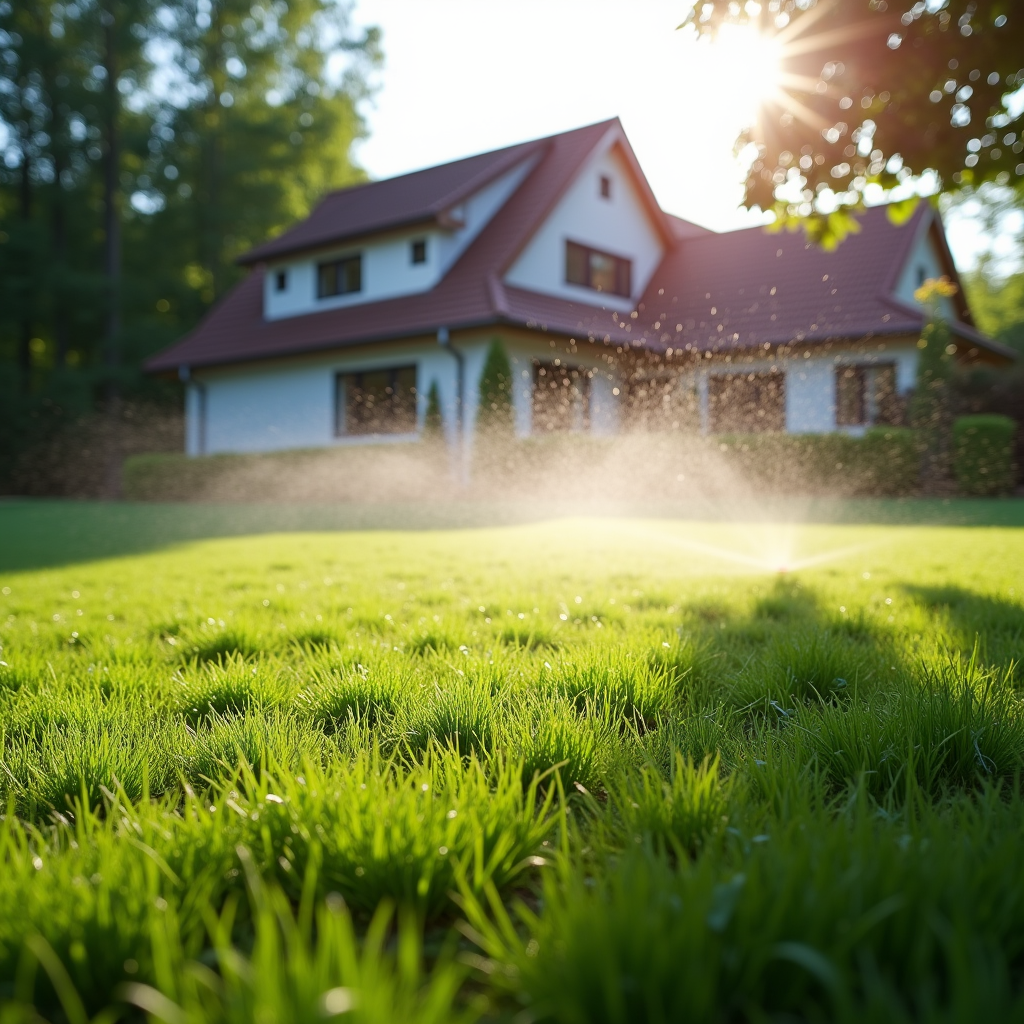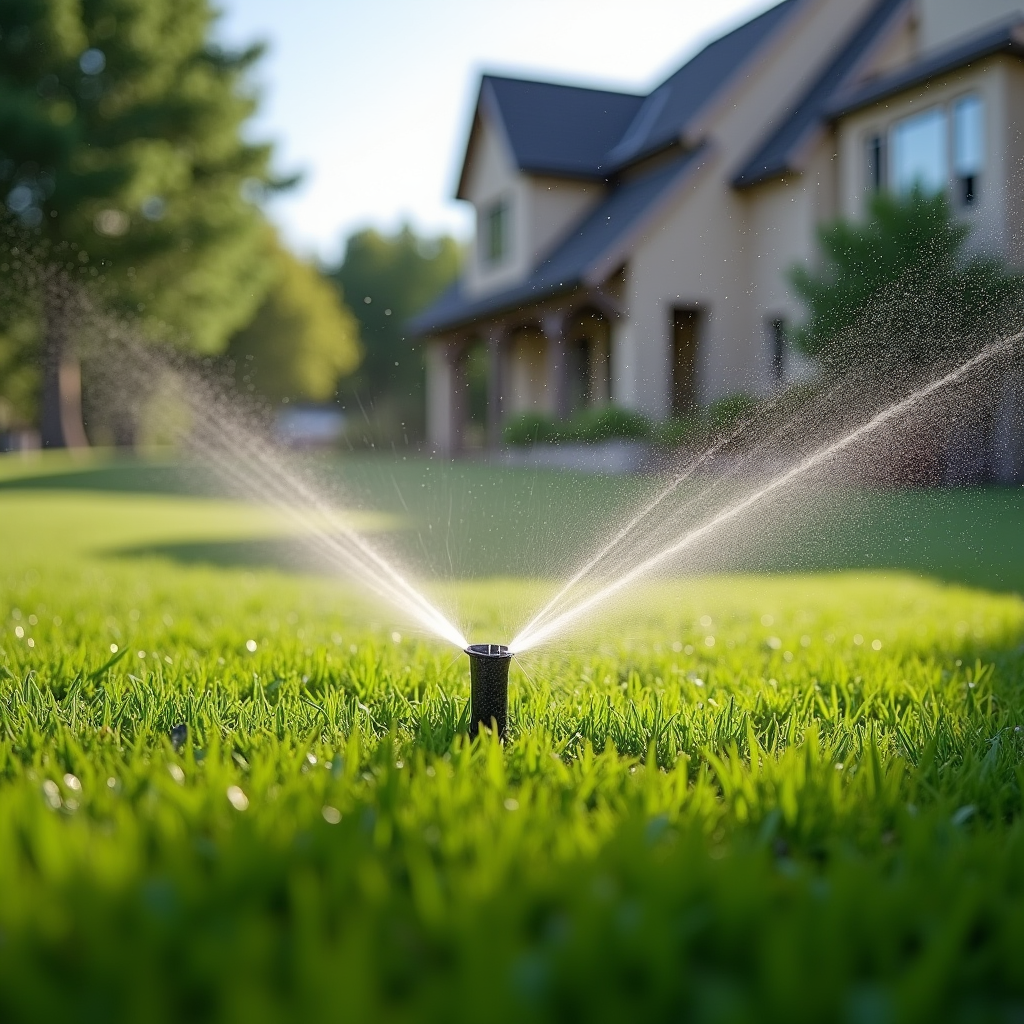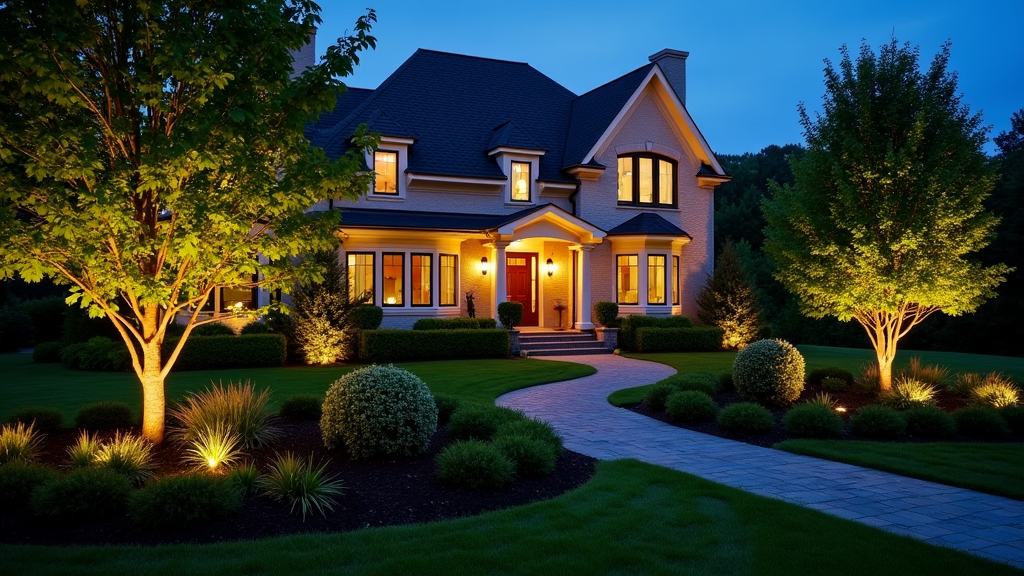Introduction
Cottage gardens have a charm that transports us back to simpler times, where flowers bloom wildly and nature intertwines seamlessly with human creativity. They are an elegant blend of beauty, nostalgia, and practicality, often characterized by their informal layouts and riotous colors. If you've ever walked through a cottage garden and felt a sense of peace wash over you, you know just how captivating these spaces can be.
So, how can you recreate that charming atmosphere in your own backyard? In this article, we’ll delve into the art of landscape design tailored specifically for cottage gardens. From selecting the right plants to incorporating rustic features, we’ll explore various techniques that can help you achieve that quintessential cottage garden vibe. Let’s get started on this delightful journey!
Understanding Cottage Gardens: A Brief Overview
What Defines a Cottage Garden?
Cottage gardens are often characterized by their dense planting schemes, vibrant colors, and a plethora of different plant species. They tend to be less formal than traditional gardens, allowing plants to grow freely. This approach creates an inviting atmosphere that feels cozy and lived-in.
The Historical Roots of Cottage Gardening
Originating in England during the late 19th century, cottage gardens were practical as well as decorative. Gardeners grew fruits, vegetables, and herbs alongside ornamental flowers to create self-sustaining ecosystems. Understanding this historical context is crucial when designing landscapes that aim for authenticity.
How to Create a Cottage Garden Atmosphere through Thoughtful Landscaping
Creating a cottage garden requires thoughtful planning and design. Here’s how you can get started:
1. Choosing the Right Location
Assessing Sunlight and Shade
The first step in designing landscapes like a cottage garden is understanding your space's sunlight patterns. Most flowers thrive in full sun; however, having some shady spots can add diversity to your plant selection.
Soil Quality Matters
Before diving into planting, assess your soil quality. Do you have sandy soil or clay? Conducting a soil test will help you understand what amendments may be needed for optimal growth.
2. Selecting Plants That Flourish in Your Region
Native vs Non-Native Plants
When designing landscapes for your cottage garden, consider using native plants that are adapted to your local climate. They require less maintenance and provide essential habitats for local wildlife.
Incorporating Perennials and Annuals
Mixing perennials with annuals ensures continuous blooming throughout the seasons. Some beautiful perennial options include:
- Lavender Peonies Echinacea
And for annuals:
- Zinnias Marigolds Cosmos
3. Embracing Variety: Colors and Textures
Color Schemes That Work Well Together
A hallmark of cottage gardening is the complementary use of color. Opt for pastel shades alongside vibrant hues for visual interest—think soft pinks juxtaposed with bright yellows or deep blues.

Textural Diversity
Incorporate plants with varying textures—fluffy grasses paired with broad-leafed hostas create striking contrasts.

4. Designing Feature Areas Within Your Cottage Garden
Creating Cozy Nooks with Seating Areas
Adding seating areas encourages relaxation amidst nature’s beauty. Consider placing benches or chairs beneath flowering trees or trellises adorned with climbing roses.
Water Features: Adding Serenity Through Sound
A small pond or fountain introduces tranquility while attracting birds and other wildlife to your garden oasis.
5. Utilizing Pathways for Navigation and Flow
Types of Pathways: Gravel vs Flagstone
Paths play an essential role in guiding visitors through your landscape design while adding structure to the overall layout:
- Gravel paths offer a rustic feel. Flagstone provides durability along with aesthetic appeal.
Whimsical Touches Along Pathways
Consider lining pathways with low-growing plants such as creeping thyme or chamomile for added fragrance underfoot—a delightful surprise!
6. Incorporating Rustic Elements into Your Landscape Design
Repurposed Materials: A Sustainable Approach
Using reclaimed wood or stone adds character while remaining mindful of environmental impact—think old wooden pallets transformed into raised beds!
Garden Structures That Enhance Visual Appeal
Arbors, trellises, or even simple fences can frame garden areas beautifully while providing support for climbing plants like clematis or sweet peas.
7. Seasonal Changes: Planning for Year-Round Beauty
Winter Interest in Your Cottage Garden
Don't let winter leave your landscape bare! Incorporate evergreen plants such as holly or boxwood alongside ornamental grasses that provide structure during colder months.
Spring Blooms: Welcoming New Life
As spring arrives, look forward to daffodils bursting forth from the soil—these cheerful flowers signal renewal every year!
FAQs
1. What is the best time of year to start a cottage garden?
Typically spring is ideal as it allows plants time to establish before summer heat sets in.
https://penzu.com/p/cf2e0f2a1630c1f5
2. Can I create a cottage garden in a small space?
Absolutely! Focus on vertical gardening techniques using trellises and container gardening to maximize space without sacrificing style.
3. How much maintenance does a cottage garden require?
While they do require some upkeep like weeding and pruning, their informal nature means they’re generally lower maintenance compared to formal gardens.
4. What types of flowers should I prioritize?
Consider classic choices like roses or hollyhocks combined with seasonal annuals for ongoing color throughout the year.
5. Are there specific tools I need for maintaining my cottage garden?
Basic gardening tools such as trowels, pruners, hand rakes are essential; additionally investing in good-quality gloves will make maintenance tasks more enjoyable!
6. How do I encourage wildlife into my cottage garden?
Plant native species alongside water features; installing birdhouses also helps attract feathered friends who contribute positively to the ecosystem!
Conclusion
Transforming your outdoor space into an enchanting corner reminiscent of bygone eras doesn't have to be overwhelming! By employing thoughtful landscaping methods rooted in history while considering modern aesthetics suggestions above will lead you closer toward achieving that dreamy cottage garden atmosphere—complete with vibrant blooms swaying gently beneath azure skies!

Embrace creativity as you embark on this adventure; remember each choice shapes not only landscapes but memories too! So gather those seeds (both metaphorical & literal) because it's time unleash imagination onto fertile ground! Happy gardening!